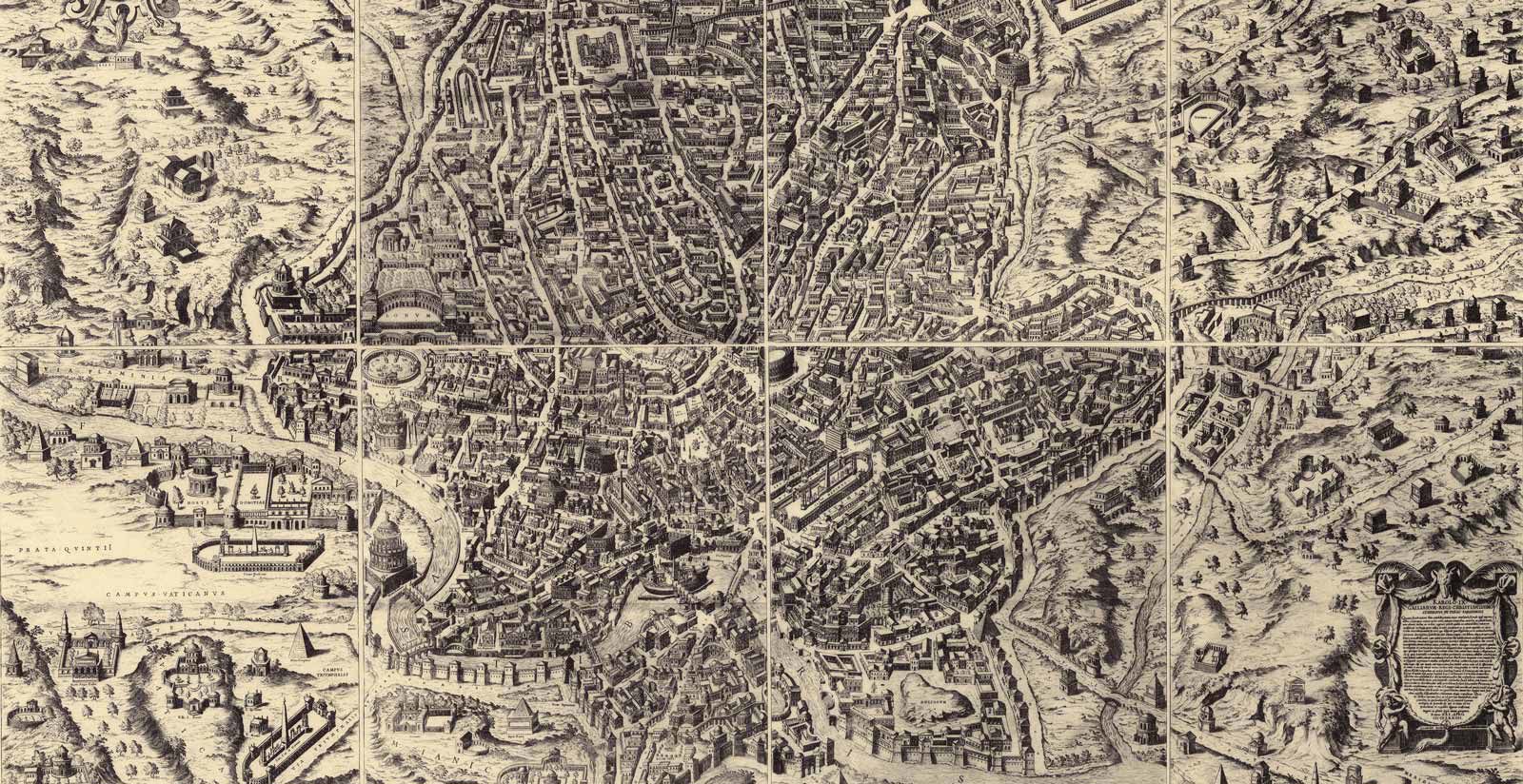Our Story
-
2022
After two years of renovation and conservative restoration of its works of art and rooms, Palazzo Ripetta opened its doors to welcome discerning visitors from all over the world. In December 2022, the curtain was raised on the first 5-star hotel on Via di Ripetta, the Tridente street with the most classical and unchanged appearance from the Rome of yesteryear.
-
1990
Residenza di Ripetta underwent a restyling to modernise its spaces and to begin its development process towards a reception that was no longer residential, but tourist-oriented. While retaining its prestigious name for more than 50 years, Residenza di Ripetta, with its iconic garden, five meeting rooms, and restaurant, was one of the main conference venues in the entire city centre and an iconic hotel for its large, spacious suites.
-
1965
1960The Ginobbi family took over the building and, in full compliance with the architectural constraints to which it was subject, entrusted starchitect Luigi Moretti with leading the renovation work to transform the building into a prestigious luxury residence with 69 flats and exclusive suites.
-
1950
For almost three centuries and through various phases of the city's history, this place remained the home of the Conservatory. Here, thousands of young women found shelter, comfort and instruction ranging from literature to music to gymnastics. When the Conservatory was moved to Trastevere in the mid-20th century, the Building had to find a new identity.
-
1750
1700The importance of the Conservatory grew as the city grew. There was an increasing demand for help by young girls, so the space dedicated to hospitality was expanded and a chapel was built. The church, possibly built on an earlier sanctuary dedicated to St Ursula, was consecrated in 1728 by Pope Benedict XIII to a design by Marquis Gerolamo Theodoli, a versatile artist and member of the prestigious Accademia di San Luca. It hosts an original bust of Pope Innocent XI and Giacomo Triga's fresco Il Trionfo della Divina Provvidenza.
-
1672
At the behest of Pope Innocent XI, the building that would later take the name Conservatorio della Divina Provvidenza was built and entrusted to the nuns of St Dorotea. It took in the city's young girls who had been orphaned or unmarried to get them off the streets. They were taught crafts such as tailoring, to sew the sails for the boats that sailed the river, and young Roman girls were initiated into the art of fashion.













